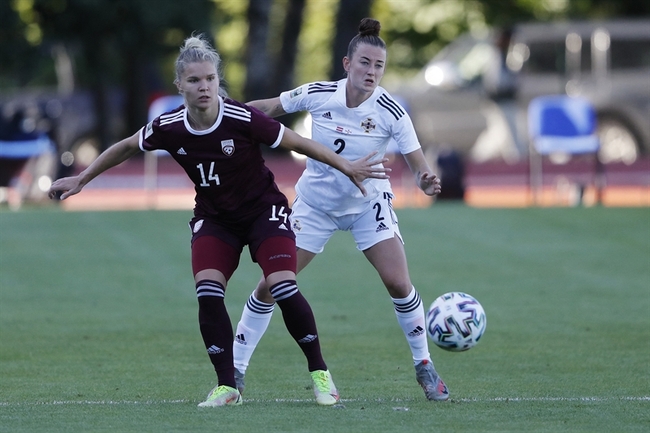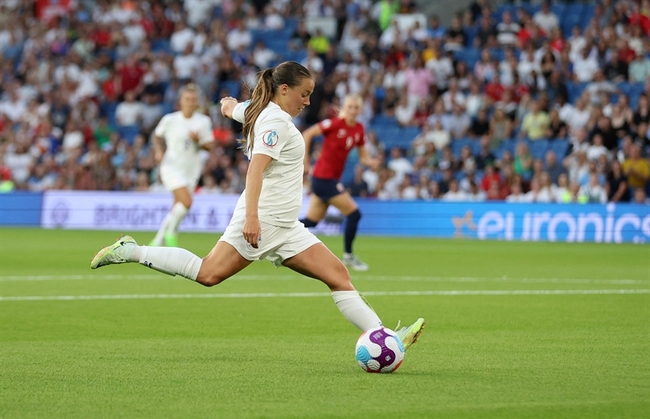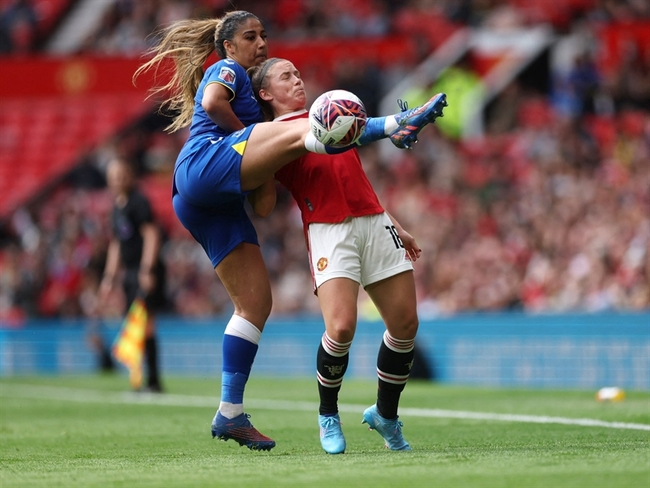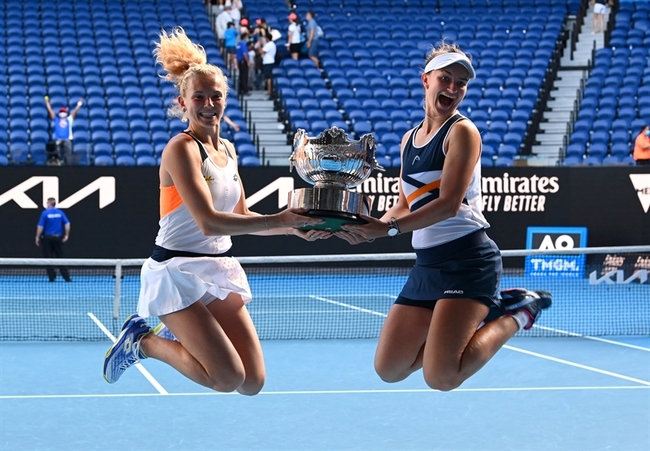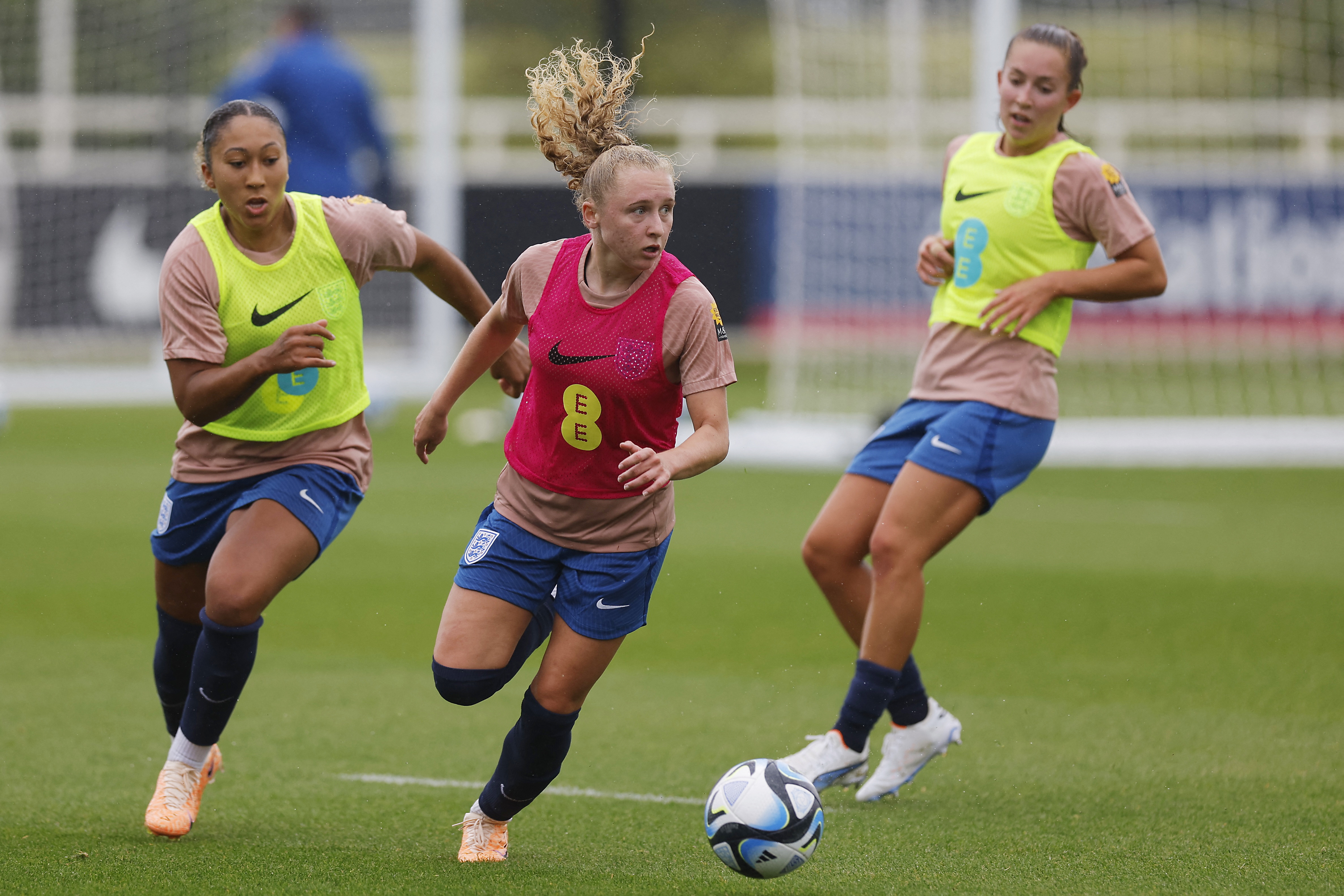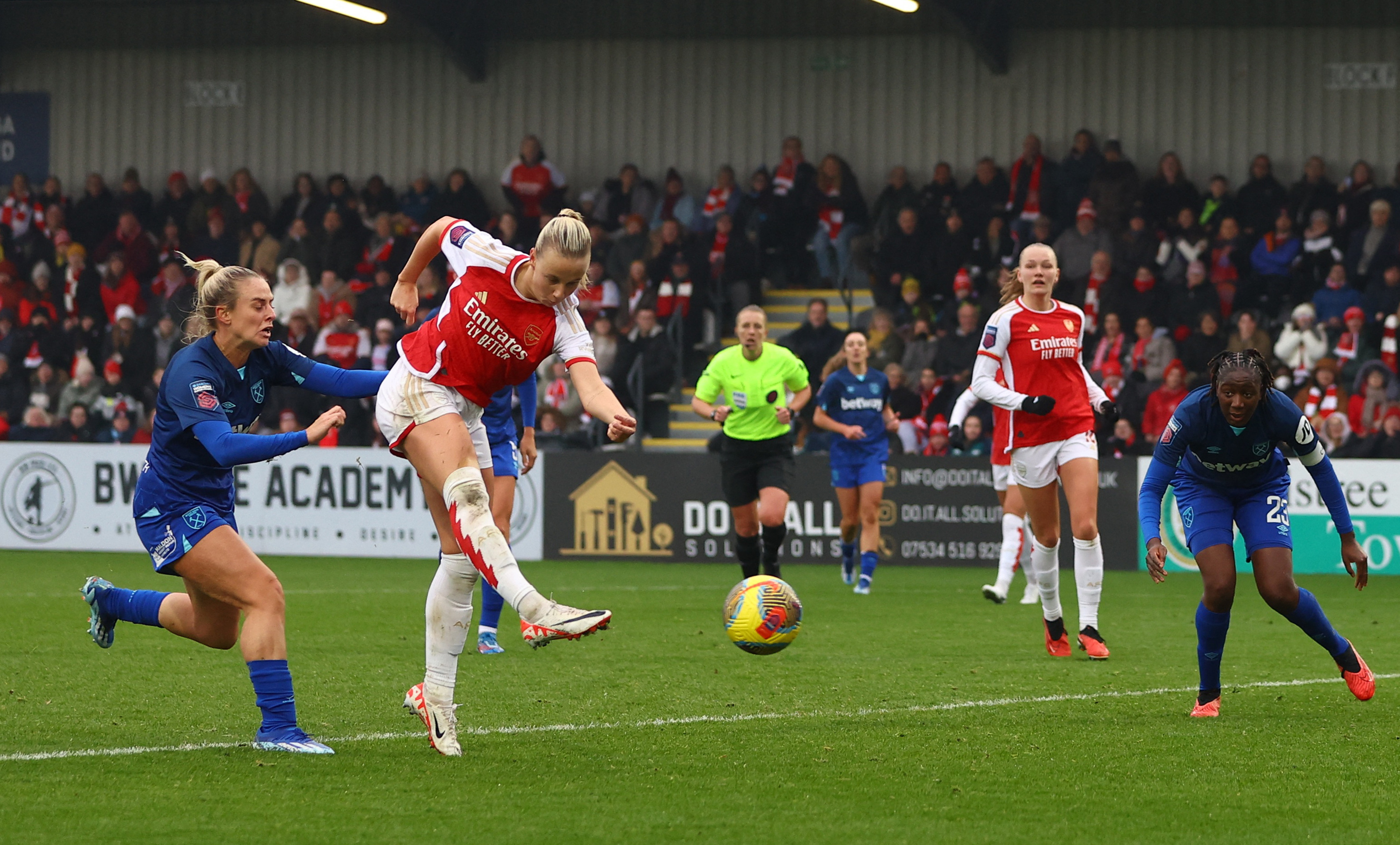You are viewing 1 of your 1 free articles
Getting pushy with ACL rehab

Paper Title: A Secondary Injury Prevention Program May Decrease Contralateral Anterior Cruciate Ligament Injuries in Female Athletes: 2-Year Injury Rates in the ACL-SPORTS Randomized Controlled Trial
Publication: J Orthop Sports Phys Ther.2020 Sep;50(9):523-530.
doi: 10.2519/jospt.2020.9407.
Publication Date: Epub 2020 Aug 1
INTRODUCTION: Rehab of athletes after ACL reconstruction surgery (ACL-r) often includes quad strengthening, plyometrics, and motor control exercises performed in controlled environments. However, research is beginning to support the use of reactive motor control exercises, in ACL-r rehab programs, such as perturbation training. This training focuses on knee stabilization and proprioception during a perturbation from an external source, resembling the dynamic environment of team sports.
METHODOLOGY: A recent study of 39 female athletes considered the effects of perturbation training and secondary ACL injury(1). Study participants were split into two groups: one receiving standard ACL-r rehab (strengthening, plyometrics, and agility) and the other receiving standard rehab plus perturbation training. During perturbation exercises, athletes stood on a roller board or a tilt board, while the therapist moved the board in different directions. The athlete reacted with hip, knee, and ankle strategies to maintain their balance. Each group received therapy for two times per week for five weeks, and researchers tracked reinjury rates of the athletes until two years post-surgery.
RESULTS AND CLINICAL IMPLICATIONS: The reinjury rates in this study were not significantly different between the standard rehab group (25%) and the standard rehab plus perturbation group (21%)(1). These results are comparable to other studies on reinjury rates of female athletes; however, an overall reinjury rate of 23% is still quite high(1). Researchers suggest that increasing frequency and duration of therapy sessions could be helpful, but much more must be done to meet the needs of female athletes and ACL-r rehab.
Perturbation training can address an unmet need in many rehab programs. Reactive motor control is an essential aspect of team sports. During sport, body must dynamically stabilize at a moment’s notice. A basketball player may be bumped while in the air, requiring an adjustment of landing mechanics. A soccer player may need to quickly change direction after the ball ricochets off a defender. These situations can be simulated in therapy and are likely an important part of return to play preparation. While the basics of quad strengthening and plyometrics are necessary, clinicians may want to include reactionary drills to round out their rehab programs.
Related Files
Newsletter Sign Up
Subscriber Testimonials
Dr. Alexandra Fandetti-Robin, Back & Body Chiropractic
Elspeth Cowell MSCh DpodM SRCh HCPC reg
William Hunter, Nuffield Health
Newsletter Sign Up
Coaches Testimonials
Dr. Alexandra Fandetti-Robin, Back & Body Chiropractic
Elspeth Cowell MSCh DpodM SRCh HCPC reg
William Hunter, Nuffield Health
Be at the leading edge of sports injury management
Our international team of qualified experts (see above) spend hours poring over scores of technical journals and medical papers that even the most interested professionals don't have time to read.
For 17 years, we've helped hard-working physiotherapists and sports professionals like you, overwhelmed by the vast amount of new research, bring science to their treatment. Sports Injury Bulletin is the ideal resource for practitioners too busy to cull through all the monthly journals to find meaningful and applicable studies.
*includes 3 coaching manuals
Get Inspired
All the latest techniques and approaches
Sports Injury Bulletin brings together a worldwide panel of experts – including physiotherapists, doctors, researchers and sports scientists. Together we deliver everything you need to help your clients avoid – or recover as quickly as possible from – injuries.
We strip away the scientific jargon and deliver you easy-to-follow training exercises, nutrition tips, psychological strategies and recovery programmes and exercises in plain English.


